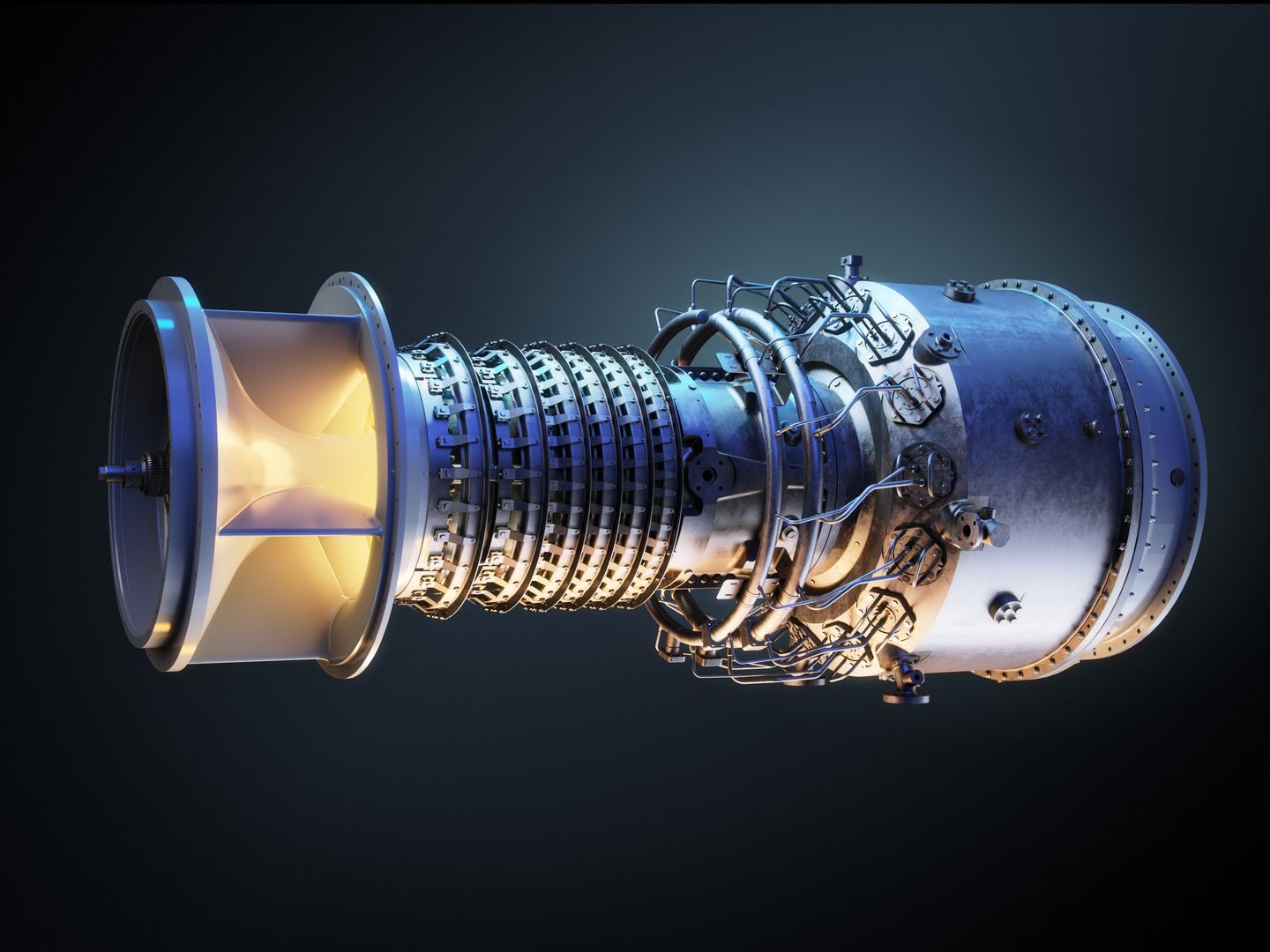

- Home
- Companies
- Solar Turbines Incorporated (STI)
- Articles
- University of Texas Medical Branch - 15 ...
University of Texas Medical Branch - 15 MW CHP System - Case Study
Quick Facts
LOCATION: Galveston, TX
MARKET SECTOR: University/Hospital
FACILITY SIZE: 45+ buildings, 2+ million gross square feet
FACILITY PEAK LOAD: 45 MW
FACILITY AVERAGE LOAD: 30 MW
EQUIPMENT: East Plant: Solar Taurus 60 5.5 MW gas combustion turbine, a 2 MW condensing extraction steam turbine, heat recovery steam boiler, one 1 MW diesel engine
West Plant: Solar Taurus 60 5.5 MW gas combustion turbine, two 1 MW diesel generators, and a heat recovery steam generator
FUEL: Natural gas (fuel oil backup)
OPERATION: 15 megawatt CHP power and steam generation capacity
USE OF THERMAL ENERGY: up to 90% of campus heating for hot water and steam distribution; 13,000 tons of cooling capacity.
CHP IN OPERATION SINCE: 2016
Site Description
Established in 1891, the University of Texas Medical Branch (UTMB) at Galveston is the oldest medical school west of the Mississippi. Covering 85 acres and supported by 13,000 employees, UTMB includes seven hospitals, a network of specialty clinics, numerous centers and institutes devoted to advanced research (Galveston National Laboratory among them), a medical library, and schools of nursing, health professions, and biomedical science, in addition to a medical school of 2500 students and 1000 faculty members.
Reasons for CHP
In September 2008, Hurricane Ike flooded over one million square feet of University of Texas Medical Branch Galveston campus buildings to depths of six feet, interrupting and damaging electrical power, emergency generators, natural gas, chilled water, and municipal water and sewer. Submerged in seawater, the underground steam distribution system was a complete loss. Rather than replacing in-kind, AEI and UTMB established an approach to significantly improve site resilience and allow for immediate return of the hospital and clinic operations. The approach taken replaces critical infrastructure to 49 buildings. It protects utility sources by elevating boilers and chillers or protecting them with floodwalls; supplementing outside electrical utilities with 15MW of on-site microgrid combined heat and power (CHP); and, replacing much of the existing steam system with a more resilient and efficient district hot water system.
CHP Equipment & Operation
The CHP system consists of an East Plant and a West Plant.
